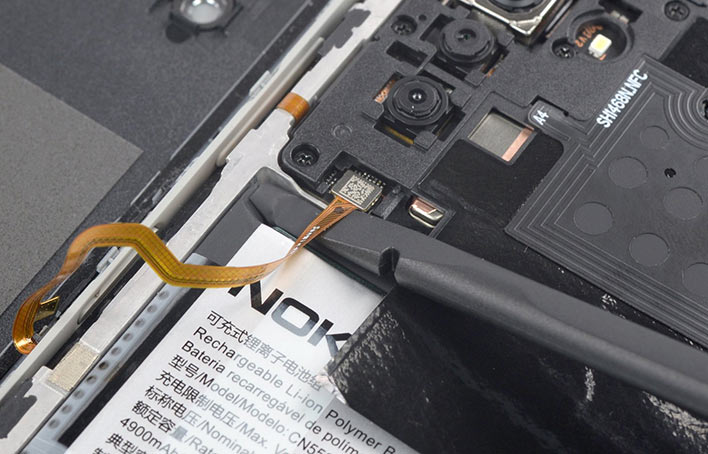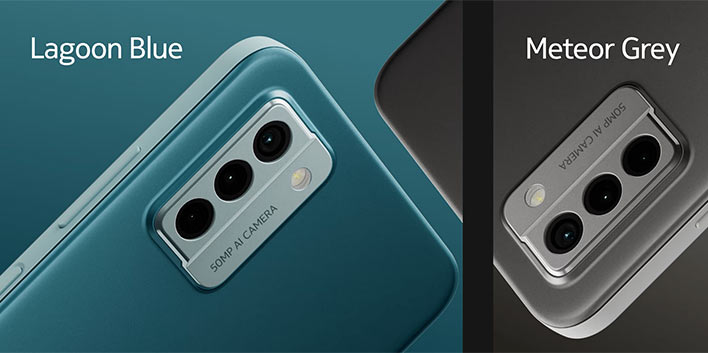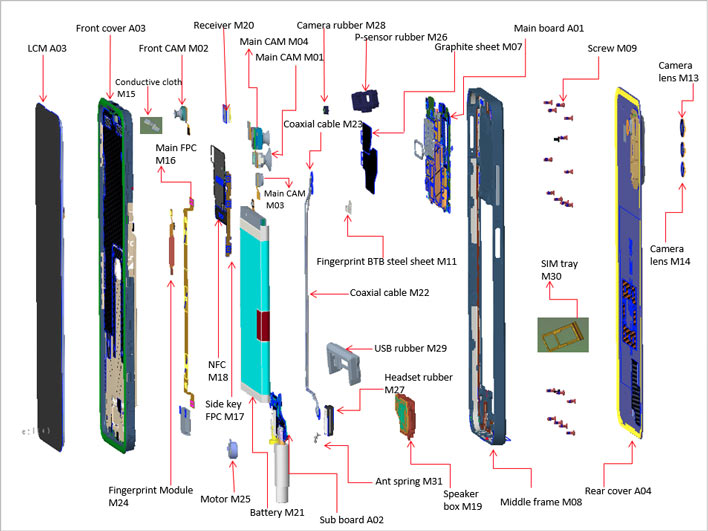Nokia, also known as HMD Global, has announced its first modern smartphone designed with “repairability at its core.” Designed in collaboration with
iFixIt, the new Nokia G22 can be repaired and rejuvenated with new parts, and an easily fixable device is highly attractive.
Many readers will miss the many of the old mobile features we used to take for granted. For example, old feature phones, and some of the early smartphones, had interchangeable backs and batteries. Nokia’s new G22 covers these bases and more, with iFixIt backed repair parts and guides available if you need a new back cover, battery, screen, or a new charging port. However, before we go further, we must mention that this device is launching in Europe and there are no current plans to introduce it to the US market.
Even with the spares and guides, the replacement of the battery, for example, isn’t as simple as with some devices of old. This writer used to have a Nokia
Lumia which allowed easy back cover changing, and battery swapping. The new Nokia G22 seems to require more than a fingernail to open up, with picks and pry tools recommended by iFixIt. Moreover, the battery is taped down, requires nearly 20 internal screws to be removed, and uses a delicate ribbon connector to the phone PCB.

So, users aren’t going to be carrying a spare battery around with them for this device – it is repairable, but not easily-swappable. With most phone batteries remaining serviceable for at least two years, this shouldn’t be a big problem. Also, the Nokia G22 with its rather low-res display and low-power SoC is said to offer “up to three days of battery life.” Nokia states that the battery used will still retain over 80% of its original capacity after 800 charging cycles. That's an impressive figure as Li-Ion batteries typically reach that point within about 300-500 cycles.
You can learn more about the repairability of the Nokia G22 via
iFixIt, but it is now time for some specifications, which will allow you to quickly weigh up this new device. Below are the key specs:
- Screen: 6.5-inch IPS display with 720 x 1200 pixels, 90Hz refresh and 500 nits brightness
- SoC: Unisoc T606 with 2 x Arm Cortex A75 and 2 x A55 @ 1.6GHz
- Memory / storage: 4GB RAM, 64GB storage, MicroSD card up to 2TB
- Imaging: front 8MP f/2.0, rear 50MP f/1.8 main, plus a 2MP depth and 2MP macro camera
- Connectivity: up to 4G cellular, Wi-Fi 802.11ac, BT5.0, NFC, USB-C
- Audio: mono speaker, mic, 3.5mm headset jack, OZO playback
- Security: fingerprint sensor on side power key, face unlock with mask mode
- Sensors etc: Accelerometer, Ambient light, proximity,
- Protections: Gorilla Glass 3 on screen, IP52 water resistance
- Dimensions: 165 x 76 x 8.5mm, 195g
- Construction: 100% recycled plastic back cover fused with frame
- Battery: 5050mAh with up to 20W charging via USB-C
- Software: Android 12 with 2-years OS and 3-years security updates
- Special feature: iFixIt toolkit supplied with phone. Component changes require good eyesight and manual dexterity, as well as the ability to follow instructions.

With its appealing repairability, it appears that this phone may have been let down by its budget price compromises, such as the modest Unisoc processor, meager RAM, so-so cameras, and low PPI screen. Tinkerers, DIYers and people of a similar nature would have been attracted by the philosophy of this phone, only to be turned off by the laundry list of compromises to keep the price low. Perhaps the
Nokia G22 is still a worthwhile choice for a satnav dedicated, emergency glove box or weekend adventure type of device at £149 / €179. The Nokia G22 is due to release in Europe in March, in gray or blue, but isn’t destined for the US market.




